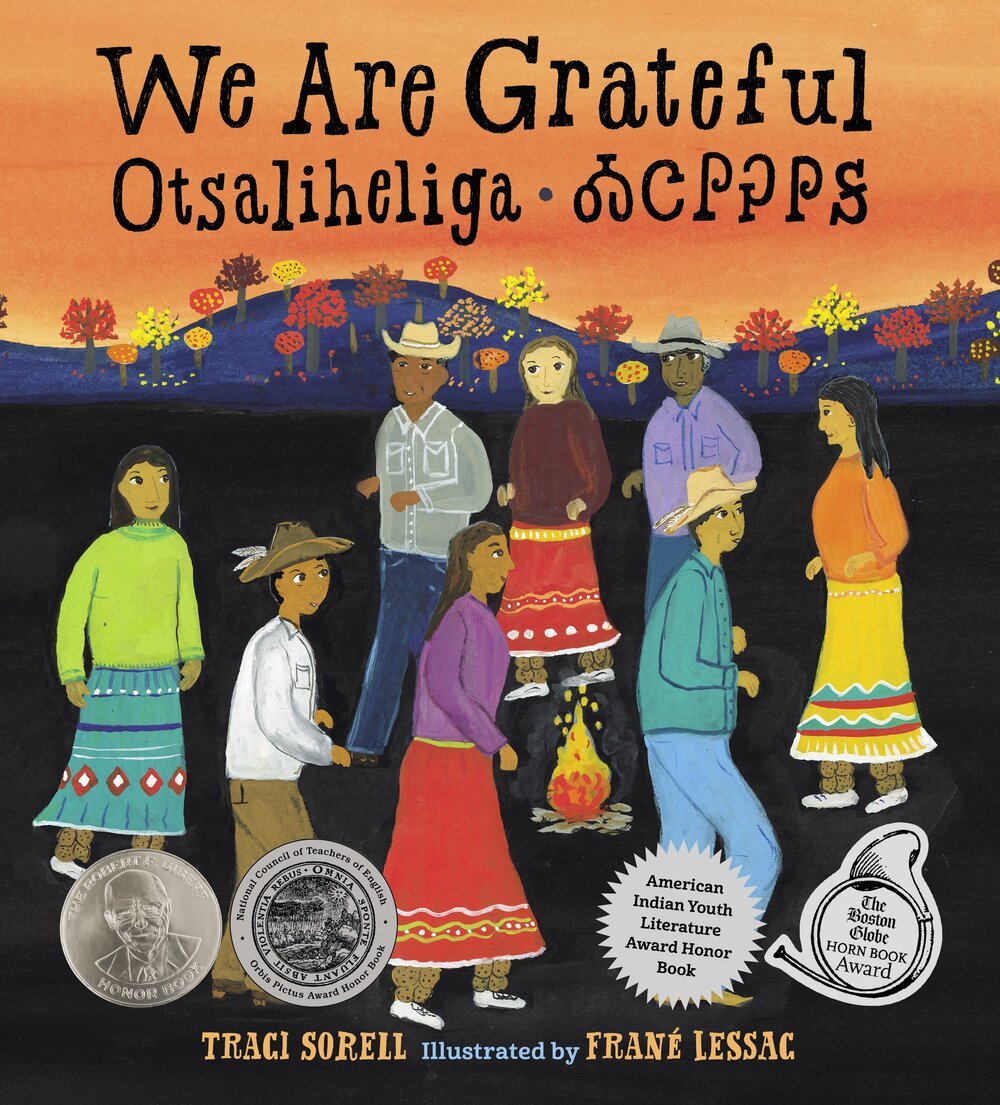As COVID-19 deaths spiked in 2020, Suzanne Firstenberg’s public art installation "In America: How could this happen…"
History Explorer Results (20)
Related Books (4)

Grade Range:
K-12
Resource Type(s):
Artifacts, Primary Sources
Date Posted:
12/30/2009
This blue wool coat is part of a suit of regimentals made for George Washington in 1789. It has a buff wool rise-and-fall collar, buff cuffs and lapels, and buff lining; there is a row of yellow metal buttons on each lapel, as well as on each cuff. The waistcoat and breeches are matching buff woo

Grade Range:
K-12
Resource Type(s):
Artifacts, Primary Sources
Date Posted:
9/24/2009
La Llorona, or the Weeping Woman, is the frightening figure of a heartbroken woman who drowned her children and haunts the night, especially by riversides. Her story is repeated to children throughout Latin America, with numerous versions circulating throughout Mexico and the American Southwest.

Grade Range:
K-12
Resource Type(s):
Artifacts
Date Posted:
9/24/2009
The shofar, one of the earliest known musical instruments, is usually made from a ram's horn. Used in biblical times to signal important events, it is also blown on High Holy Days (10 days in the fall of the year). It is sounded many times during the services of Rosh ha-Shanah (the Jewish New Yea

Grade Range:
2-6
Resource Type(s):
Reviewed Websites, Interactives & Media
Date Posted:
9/1/2009
This interactive Web site from Plimoth Plantation, a Smithsonian Affiliate, focuses on clarifying fact and fiction surrounding the "First Thanksgiving." Students use audio from Plimoth Plantation historians, images of artifacts, and a glossary to answer questions and explore the lives of the Wama

Grade Range:
5-12
Resource Type(s):
Reference Materials
Date Posted:
8/23/2009
In this section of the online exhibition Treasures of American History, students will learn that by understanding the challenges of the past, they can draw lessons and inspiration for confronting new challenges in the present and future. The topics discussed in this sectio

Grade Range:
K-12
Resource Type(s):
Artifacts, Primary Sources
Date Posted:
4/15/2009
Aladdin Industries profited from the success of The Jetsons television cartoon series in the fall of 1963 by introducing a domed lunch box featuring that space-traveling suburban family and their robotic maid. American notions of family life in the 1960s traveled effortlessly outward to

Grade Range:
K-12
Resource Type(s):
Artifacts, Primary Sources
Date Posted:
3/10/2009
Daguerreotype of Unitarian Congregational Church, New York City. On the Washington Square campus of the New York University, Samuel F.B. Morse and Dr. John W. Draper operated together one of the first American photographic studios for a short time, from 1839 to the early 1840s. Collaborating on t

Grade Range:
K-12
Resource Type(s):
Artifacts, Primary Sources
Date Posted:
7/1/2008
The family fallout shelter represents the public policy assumptions of the atomic age, namely, that with enough preparation, the American family and with it the nation's social and political fabric would survive a nuclear attack. This free-standing, double-hulled steel shelter was installed benea

Grade Range:
8-12
Resource Type(s):
Reference Materials
Duration:
5 minutes
Date Posted:
9/4/2013
In this post, readers will find hope even in the darkest of circumstances. The story of Paul and May Ishimoto finding love in an Arkansas internment camp is one of perseverance, sacrifice, and artifacts. Written by Cedric Yeh, Deputy Chair and Associate Curator for the Division of Arm

Grade Range:
8-12
Resource Type(s):
Reference Materials
Date Posted:
7/9/2012
Explore the role of squash in early American history, beyond its common use as fall decor. As a natively grown vegetable cultivated by the Wampanoag Indians, squash holds a special place in American history. There are dozens of squash varieties, ranging in shape, size, and color. Squash have













